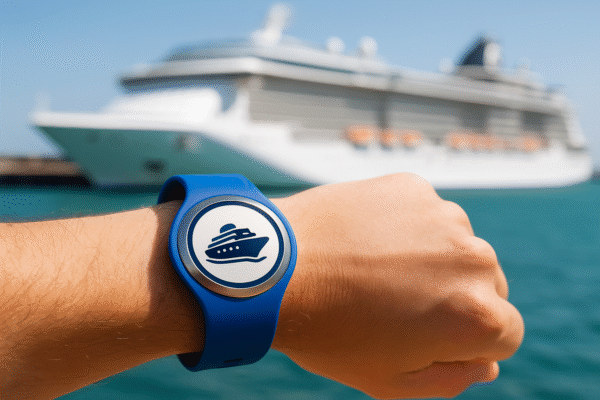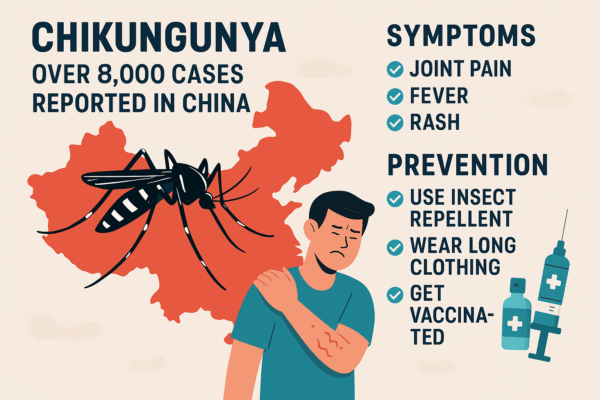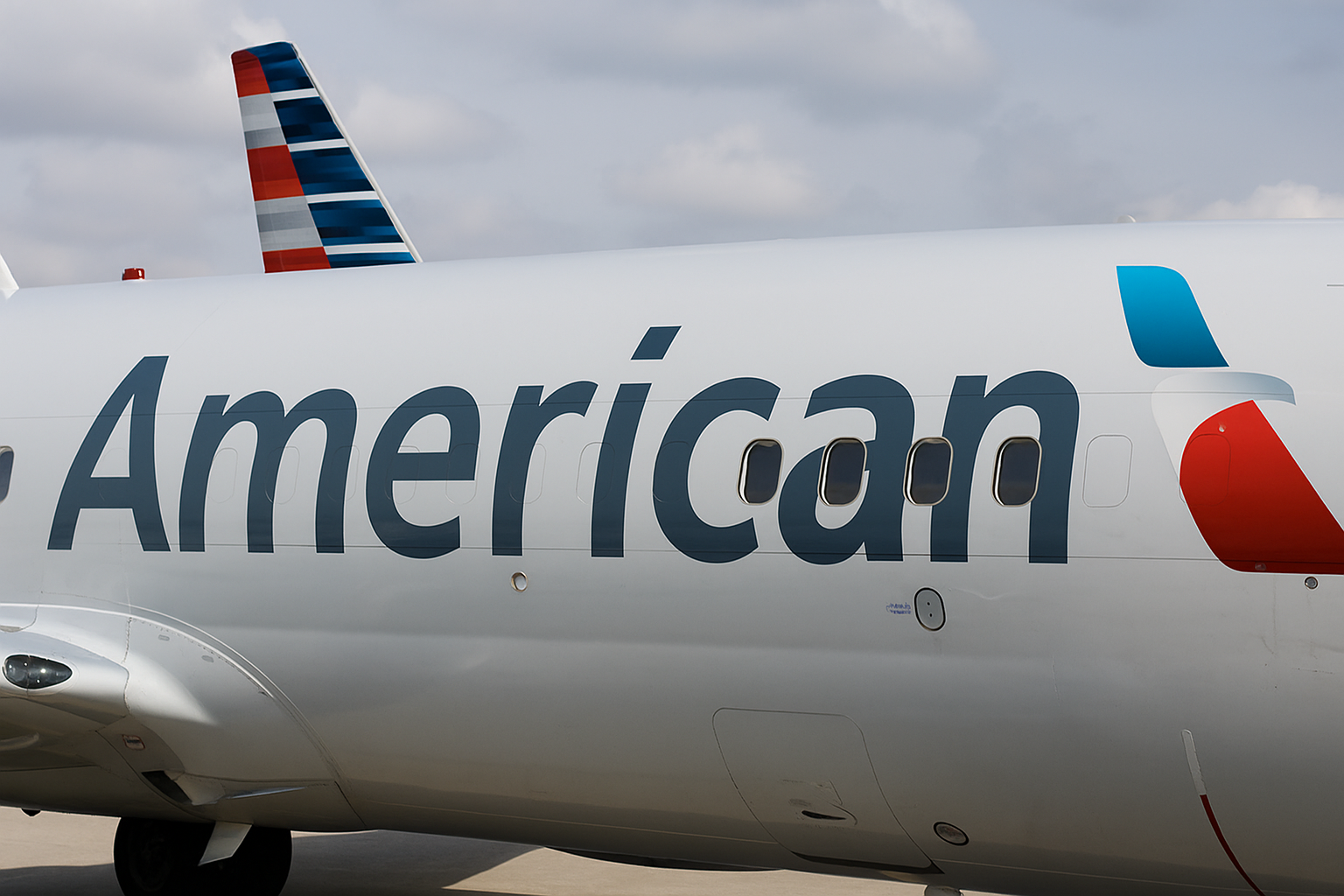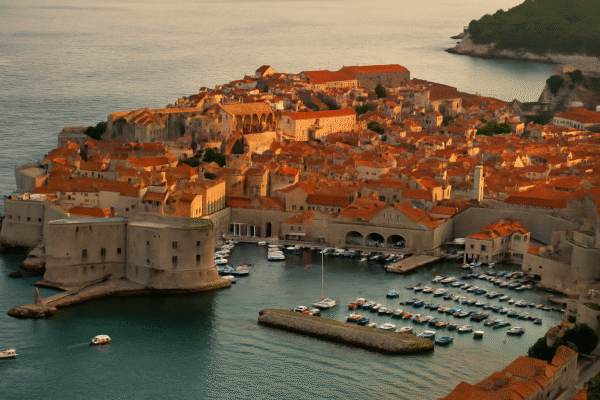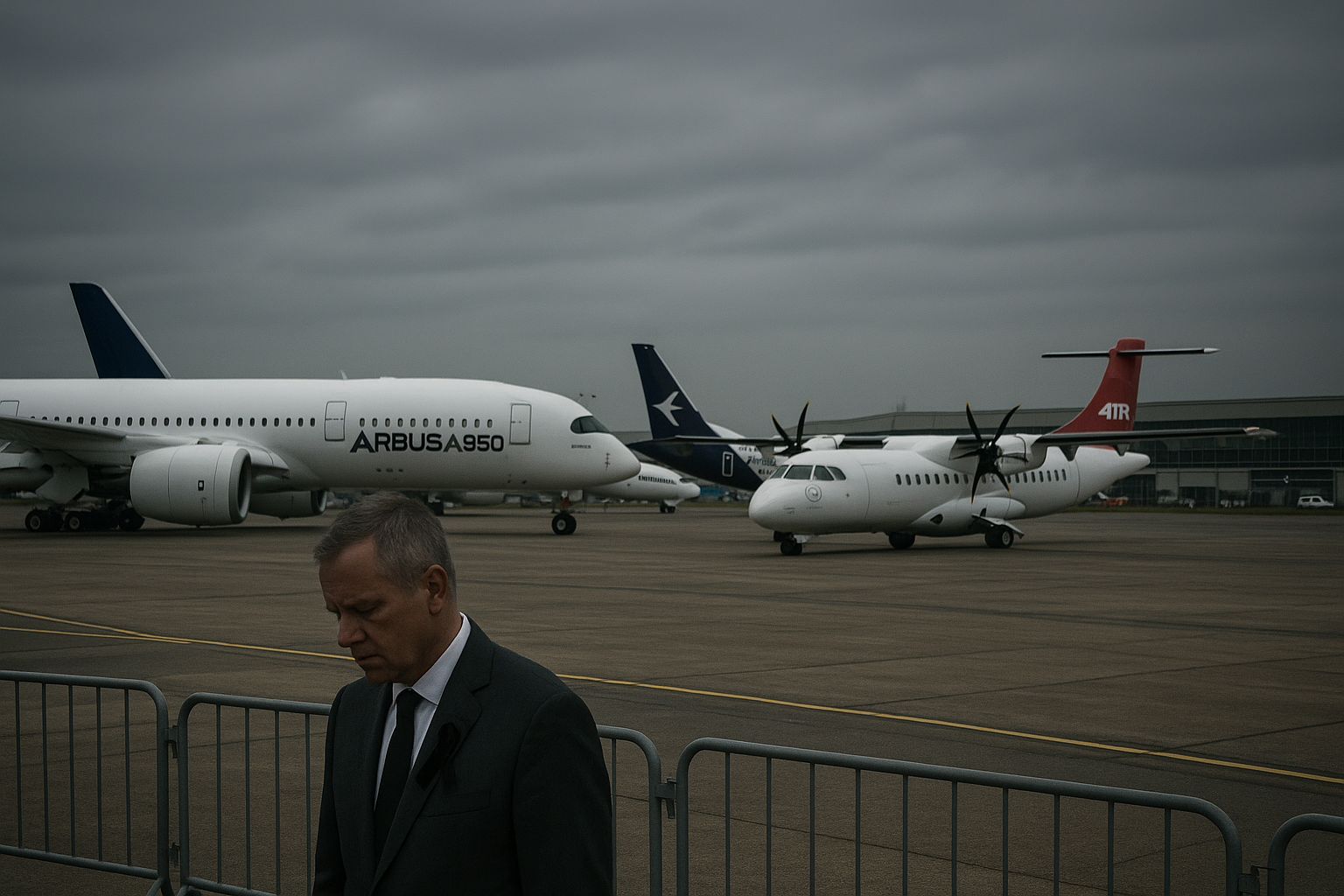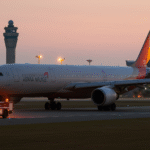Paris Air Show 2025: A Tragedy-Stricken Industry Reflects as Airbus Rises and Boeing Steps Back
Le Bourget, Paris — June 2025
The 2025 Paris Air Show, historically a stage for the aerospace industry’s grandest announcements and futuristic displays, took on a markedly somber tone this year. The event, held at Le Bourget Airport, was overshadowed by the devastating Air India tragedy that occurred just days before the show opened. The crash, involving a Boeing aircraft and resulting in the loss of nearly 242 lives near Ahmedabad, India, altered the dynamics of the airshow entirely—turning a global celebration into a moment of reflection.
Boeing Retreats to Mourn and Support Investigations
Boeing, expected to unveil blockbuster orders and regain market dominance, made a quiet and respectful exit from the show’s spotlight. Company executives canceled press events and order announcements, donning tribute pins with the Air India logo. In lieu of celebration, Boeing committed to support recovery efforts and global aviation safety investigations.
Static displays of the Boeing 787 and 777, provided by Qatar Airways and Riyadh Air, remained on show grounds, but the absence of Boeing’s commercial push was palpable. Analysts noted that even previously rumored deals—such as 40 Boeing 777X orders from Air India—were tactfully withheld, reflecting a company choosing ethics and empathy over economics.
This gesture, while unprecedented, was widely respected within the industry, highlighting Boeing’s intention to prioritize human loss over corporate gains.
Airbus Dominates Amid a Somber Atmosphere
In contrast, Airbus stepped into the vacuum with strategic force. The Toulouse-based manufacturer, exhibiting on home turf, quickly became the face of the show’s business momentum.
Airbus announced 248 firm orders and an additional 156 options—making it the clear commercial leader. Key highlights included:
- VietJet’s MoU for 150 A321neo jets
- Riyadh Air’s commitment for 50 A350-1000s
- LOT Polish Airlines’ acquisition of 84 A220s
- AviLease’s multi-aircraft order including A350 freighters and A320 family aircraft
These deals not only cemented Airbus’ lead in the narrow-body and wide-body market segments but also reaffirmed confidence in its global production and delivery capabilities, particularly across Asia, the Middle East, and Europe.
Embraer’s Quiet Strength in Regional Aviation
Brazilian manufacturer Embraer continued to expand its global footprint through a more measured approach, securing 77 firm orders and 55 options. The focus on right-sized aircraft—especially the E175 and E190-E2—mirrored a larger industry trend toward fleet efficiency and secondary market expansion.
SkyWest Airlines from the U.S. signed up for up to 110 E175s, reinforcing Embraer’s stronghold in North America’s regional network. Japan’s All Nippon Airways added 20 E190-E2 jets, aligning with Asia’s ongoing strategy to expand regional connectivity with lower operating costs and better fuel efficiency.
ATR Makes a Case for Turboprop Revival
Turboprop manufacturer ATR also recorded a noteworthy performance with 15 firm orders and 10 options for its ATR 42-600 model. JSX, a U.S. regional carrier, led the deal, signaling a renewed interest in short-haul, eco-efficient air connectivity—particularly for remote and underserved communities.
With growing environmental scrutiny and rising fuel costs, turboprops are becoming viable alternatives to jets in certain markets. Their resurgence at the Paris Air Show underlined the need for diverse aircraft solutions beyond wide-body glamour.
The Numbers Behind the Headlines
| Manufacturer | Firm Orders | Options |
|---|---|---|
| Airbus | 248 | 156 |
| Embraer | 77 | 55 |
| ATR | 15 | 10 |
| Boeing* | 41 | 4 |
*Note: Boeing’s figures reflect pre-announced deals, not new orders made during the Paris Air Show 2025.
A Wake-Up Call for Aviation’s Priorities
The tragedy involving Air India reshaped not just the tone of the event but the larger narrative in global aviation. Executives, regulators, and stakeholders alike were reminded that aviation is first and foremost about human lives—not just aircraft counts or capital flows.
Boeing’s measured approach signaled a shift in corporate culture—acknowledging the weight of public accountability. Industry analysts predict that Boeing’s future hinges on enhanced safety reforms, stakeholder transparency, and renewed customer trust.
What’s Next for Global Aviation?
While Airbus looks to convert MoUs into firm commitments by year-end, Boeing’s rebound may occur at the Dubai Air Show or Farnborough Air Show 2026, depending on the progression of investigations and market sentiment.
Airlines, meanwhile, are recalibrating strategies based on fuel costs, emissions targets, and geopolitical uncertainties. From ultra-efficient narrow-body aircraft to versatile regional jets, the era of bulk megafleet orders may be giving way to a more balanced, sustainability-driven procurement model.
Final Descent: An Industry Redefined
The 2025 Paris Air Show will be remembered not for spectacle or sales records, but for its solemnity and sincerity. It marked a moment when aviation leaders paused to grieve, to reassess, and to reset.
From Airbus’ commanding lead to Boeing’s reflective silence, and from Embraer’s growing relevance to ATR’s resurgence, the event provided a glimpse into the soul of aviation—an industry that flies not just for profit, but for people.
Paris Air Show 2025: A Tragedy-Stricken Industry Reflects as Airbus Rises and Boeing Steps Back
Le Bourget, Paris — June 2025
The 2025 Paris Air Show, historically a stage for the aerospace industry’s grandest announcements and futuristic displays, took on a markedly somber tone this year. The event, held at Le Bourget Airport, was overshadowed by the devastating Air India tragedy that occurred just days before the show opened. The crash, involving a Boeing aircraft and resulting in the loss of nearly 242 lives near Ahmedabad, India, altered the dynamics of the airshow entirely—turning a global celebration into a moment of reflection.
Boeing Prioritizes Compassion and Safety at Paris Air Show
Rather than making headline-grabbing announcements, Boeing took a measured and respectful step back at this year’s Paris Air Show. Executives canceled scheduled briefings and order reveals, wearing tribute pins bearing the Air India emblem as a show of solidarity. In place of promotional fanfare, Boeing dedicated its efforts to supporting investigation teams and reinforcing global aviation safety.
The Boeing 787 and 777 were still showcased—thanks to partners Qatar Airways and Riyadh Air—but the low-key presentation was intentional. Analysts noted the absence of anticipated deals, such as Air India’s rumored 777X order, viewing the restraint as a deliberate and dignified choice.
While unexpected, Boeing’s response was commended across the industry. It demonstrated a strong commitment to empathy, transparency, and values-driven leadership. By placing human loss above immediate business outcomes, Boeing reinforced its long-term dedication to safety and responsibility in aviation.
Airbus Dominates Amid a Somber Atmosphere
In contrast, Airbus stepped into the vacuum with strategic force. The Toulouse-based manufacturer, exhibiting on home turf, quickly became the face of the show’s business momentum.
Airbus announced 248 firm orders and an additional 156 options—making it the clear commercial leader. Key highlights included:
- VietJet’s MoU for 150 A321neo jets
- Riyadh Air’s commitment for 50 A350-1000s
- LOT Polish Airlines’ acquisition of 84 A220s
- AviLease’s multi-aircraft order including A350 freighters and A320 family aircraft
These deals not only cemented Airbus’ lead in the narrow-body and wide-body market segments but also reaffirmed confidence in its global production and delivery capabilities, particularly across Asia, the Middle East, and Europe.
Embraer’s Quiet Strength in Regional Aviation
Brazilian manufacturer Embraer continued to expand its global footprint through a more measured approach, securing 77 firm orders and 55 options. The focus on right-sized aircraft—especially the E175 and E190-E2—mirrored a larger industry trend toward fleet efficiency and secondary market expansion.
SkyWest Airlines from the U.S. signed up for up to 110 E175s, reinforcing Embraer’s stronghold in North America’s regional network. Japan’s All Nippon Airways added 20 E190-E2 jets, aligning with Asia’s ongoing strategy to expand regional connectivity with lower operating costs and better fuel efficiency.
ATR Makes a Case for Turboprop Revival
Turboprop manufacturer ATR also recorded a noteworthy performance with 15 firm orders and 10 options for its ATR 42-600 model. JSX, a U.S. regional carrier, led the deal, signaling a renewed interest in short-haul, eco-efficient air connectivity—particularly for remote and underserved communities.
With growing environmental scrutiny and rising fuel costs, turboprops are becoming viable alternatives to jets in certain markets.
The Numbers Behind the Headlines
| Manufacturer | Firm Orders | Options |
|---|---|---|
| Airbus | 248 | 156 |
| Embraer | 77 | 55 |
| ATR | 15 | 10 |
| Boeing* | 41 | 4 |
*Note: Boeing’s figures reflect pre-announced deals, not new orders made during the Paris Air Show 2025.
A Wake-Up Call for Aviation’s Priorities
The tragedy involving Air India reshaped not just the tone of the event but the larger narrative in global aviation. Executives, regulators, and stakeholders alike were reminded that aviation is first and foremost about human lives—not just aircraft counts or capital flows.
Boeing’s measured approach signaled a shift in corporate culture—acknowledging the weight of public accountability. Industry analysts predict that Boeing’s future hinges on enhanced safety reforms, stakeholder transparency, and renewed customer trust.
What’s Next for Global Aviation?
While Airbus looks to convert MoUs into firm commitments by year-end, Boeing’s rebound may occur at the Dubai Air Show or Farnborough Air Show 2026, depending on the progression of investigations and market sentiment.
Airlines, meanwhile, are recalibrating strategies based on fuel costs, emissions targets, and geopolitical uncertainties. From ultra-efficient narrow-body aircraft to versatile regional jets, the era of bulk mega fleet orders may be giving way to a more balanced, sustainability-driven procurement model.
Final Descent: An Industry Redefined
The 2025 Paris Air Show will be remembered not for spectacle or sales records, but for its solemnity and sincerity. It marked a moment when aviation leaders paused to grieve, to reassess, and to reset.
From Airbus’ commanding lead to Boeing’s reflective silence, and from Embraer’s growing relevance to ATR’s resurgence, the event provided a glimpse into the soul of aviation—an industry that flies not just for profit, but for people.

